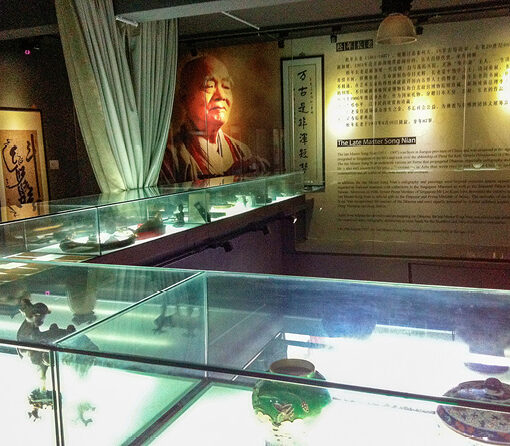Visualizing the Evolution of the Sukhothai Buddha
Sawitree Wisetchat*
* สาวิตรี วิเศษชาติ, The Glasgow School of Art: Digital Design Studio, 167 Renfrew St, Glasgow G3 6RQ, UK
Abstract
As Buddhism spread from India to cover much of Asia, sculptures depicting the Buddha varied regionally, reflecting both the original Indian iconography and local ethnic and cultural influences. This study considers how statues of the Buddha evolved in Thailand, focusing on the Sukhothai period (1238–1438 CE), during which a distinctly Thai style developed; this style is still characteristic of Thailand today. The Sukhothai style primarily reflects features of the Pala, Sri Lankan, Pagan, and Lan Na styles, yet contains new stylistic innovations and a refinement over the four successive schools that were subsequently lost in later Thai Buddhist styles. To analyze this evolution, first a conventional “visual vocabulary” approach is used, wherein 12 styles (precursors, contemporaries, and successors of the Sukhothai style) are described and summarized in a style matrix that highlights commonalities and differences. Then a novel application of digital “blend-shape animation” is adopted to assist in the visualization of differing styles and to better illustrate style evolution. Rather than comparing styles by shifting attention between sample images, the viewer can now appreciate style differences by watching one style metamorphose into another. Common stylistic features remain relatively unchanged and visually ignored, while differing features draw attention. While applied here to the study of Buddhist sculptures, this technique has other potential applications to art history, architecture, and graphic design generally.
Keywords:
Southeast Asia, Southeast Asian art, Sukhothai Buddha, sculptural style, visual vocabulary, style analysis, digital animation, blend shapes
Southeast Asian Studies, Vol. 2, No. 3, December 2013, pp. 559–582
©Center for Southeast Asian Studies, Kyoto University


